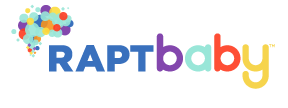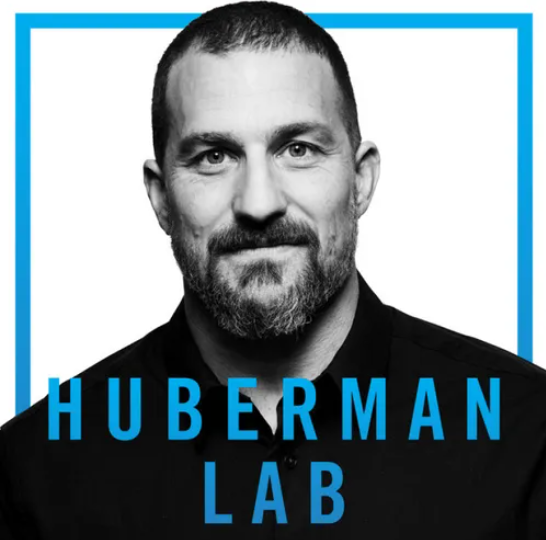JANUARY 2024
Welcome to Our First Neuroscience in the Nursery Newsletter of 2024!
As we start a new year, it seems only fitting to use this issue to give you a taste of how we at RAPT Ventures (RVI) arrived at this point, courtesy of an “as told to” essay by Rachel MacPherson of Sleepopolis (slightly edited for formatting purposes) on how our Chief Scientist and Co-founder, Dr. April Benasich, became a groundbreaker in developmental cognitive neuroscience and what led her to the creation of RAPT Ventures and the development of the Smarter Sleep sound machine.
Today’s Topic: A Neuroscientist’s Journey
A Winding Path to Science
As a quiet, geeky kid, I was captivated by science and physics and particularly intrigued by how the brain grew and developed. Having been ahead of my peers, I skipped grades and was only just 15 before I graduated. My father thought I was too young to go to college, so I went to nursing school instead, where I relished the intense learning experience, particularly regarding how complex the brain is and how it forms.
My nursing degree led me to a fulfilling career in pediatrics and neonatal care, but my fascination with early brain development led me to take a bold step — entering the Ph.D. program in neuroscience and marking the pursuit of my true calling. This career change set the stage for my contributions to understanding early brain development, how the brain can change and rewire itself (neuroplasticity), and brainwaves and their impact on language development and cognition.
Using Research to Determine How Language Develops
My research revealed the importance of telling apart slight differences in sound during infancy to language development, especially in high-risk children. Additionally, my team studies how brain organization during sleep affects later language and cognition. This research highlights the importance of sleep in brain plasticity, especially in infants.
White noise creates a problem by blocking sound variations necessary for building early language brain networks. Young brains rely on these variations, in milliseconds, to build these networks, which primarily form during the baby’s first year.
During this time, the brain uses information from the environment to build its language networks, known as the “acoustic map,” crucial for processing phonemes like “p” and “b” sounds in words like “pad” and “bad.” These tiny sound differences are vital for learning a language. Babies pay attention to these variations during sleep, helping them recognize the most common sounds in their native language and develop connections to process them quickly and accurately.
A New Mission: Getting Science Out of the Lab and Into the Hands of Parents
Eventually, I realized parents weren’t aware of how the developing baby’s brain processes sound during sleep. This led me to establish RVI to help spread this information and develop tools to help parents. Parents and pediatricians often overlook sleep’s crucial role in shaping developing brain networks. Many don’t realize that even when babies sleep, parts of their brains stay active. For babies, who spend a lot of time sleeping — around 16 to 20 hours per day — this period is vital for brain development.
Our concern arose from the widespread use of white noise machines, which, although popular, are, unfortunately, not suitable for developing brains because they lack the necessary auditory cues for building these critical language networks.
Our challenge was to share crucial information about white noise risks without alarming parents who use these machines. We aimed to present it positively, focusing on moving forward constructively to support brain development without making any parent feel at fault.
Recognizing that parents have come to rely on sound machines, we developed the Smarter Sleep sound machine as a favorable alternative that masks disruptive noise but still engages the brain’s language centers. Our patented design delivers soundtracks encouraging relaxation and deep sleep (such as classical music, lullabies, nature, and womb sounds). These tracks blend momentary acoustic cues that actively engage the sleeping brain without waking the baby up — a necessity for parents.
The parenting takeaway
We understand all caregivers want the best for their babies. White noise’s popularity stems from its role in promoting sleep, but many are unaware of how crucial auditory variation is for language network development — a missing piece. We aim to simplify this information and encourage alternatives such as music or nature sounds, including our product, Smarter Sleep, to avoid the risks of white noise.
As a mom myself, I understand the challenge of changing sleep routines. But why strain a baby’s brain when there are easy alternatives available?
A Source for More: #1
Dr. Benasich’s lab does amazing work on the neural processes necessary for normal cognitive and language development as well as those that occur in atypically developing children, particularly those at high risk for language disorders (e.g., family history of language-based learning impairment, ADHD or autism; premature birth). To read more about that research (or even see if there is a study you might want your child to participate in!), check out the lab website and papers.
A Source for More: #2
Harvard’s Center on the Developing Child has a concise, easy-to-read description of how the young brain builds itself – and a two-minute video that puts those words into action. Well worth a look for any parent curious about what exactly is happening inside their baby’s brain!
RAPTbaby Recommendation: The Huberman Lab Podcast
For those who want to learn more how they can apply neuroscience (and related fields) to improve health and wellbeing, The Huberman Podcast Lab is a goldmine of information. Most episodes are lengthy interviews of experts in fields ranging from sleep hygiene to fitness to learning and memory. Trust us, you will find lots here for yourself and the people you love and (RAPTbaby’s personal favorite is the episode with Dr. Eddie Chang on the Science of Learning & Speaking Languages . . . especially the segment from 5:00 to 14:00 when they talk about the risks of white noise for children!).





